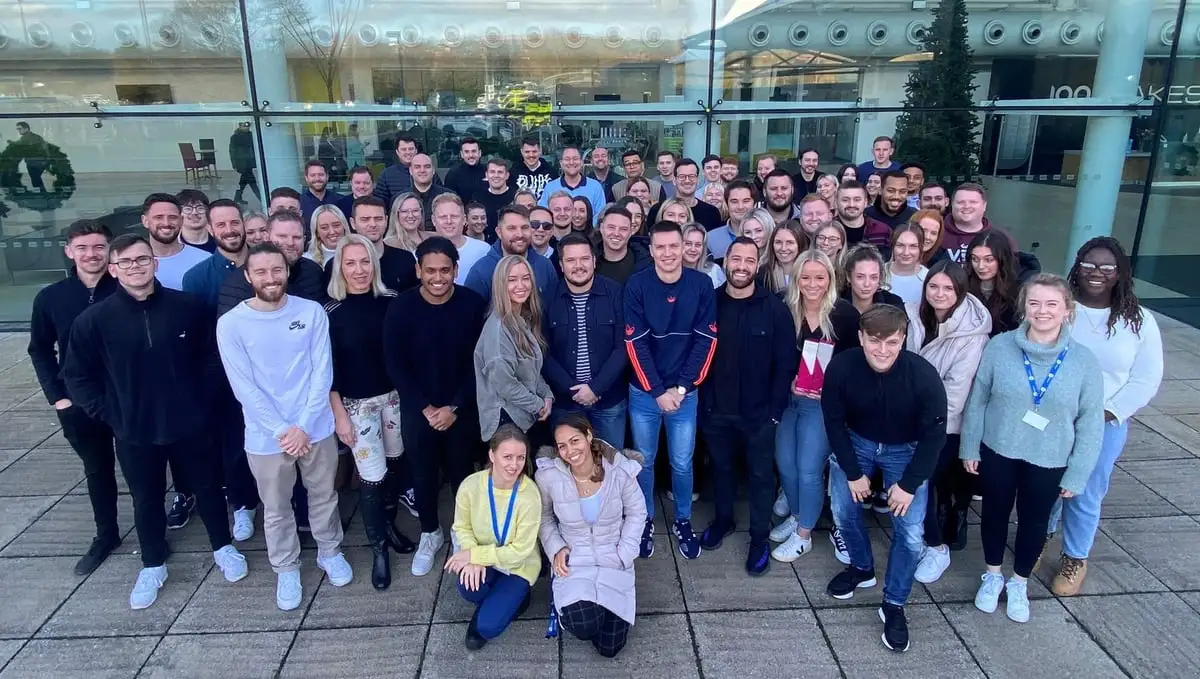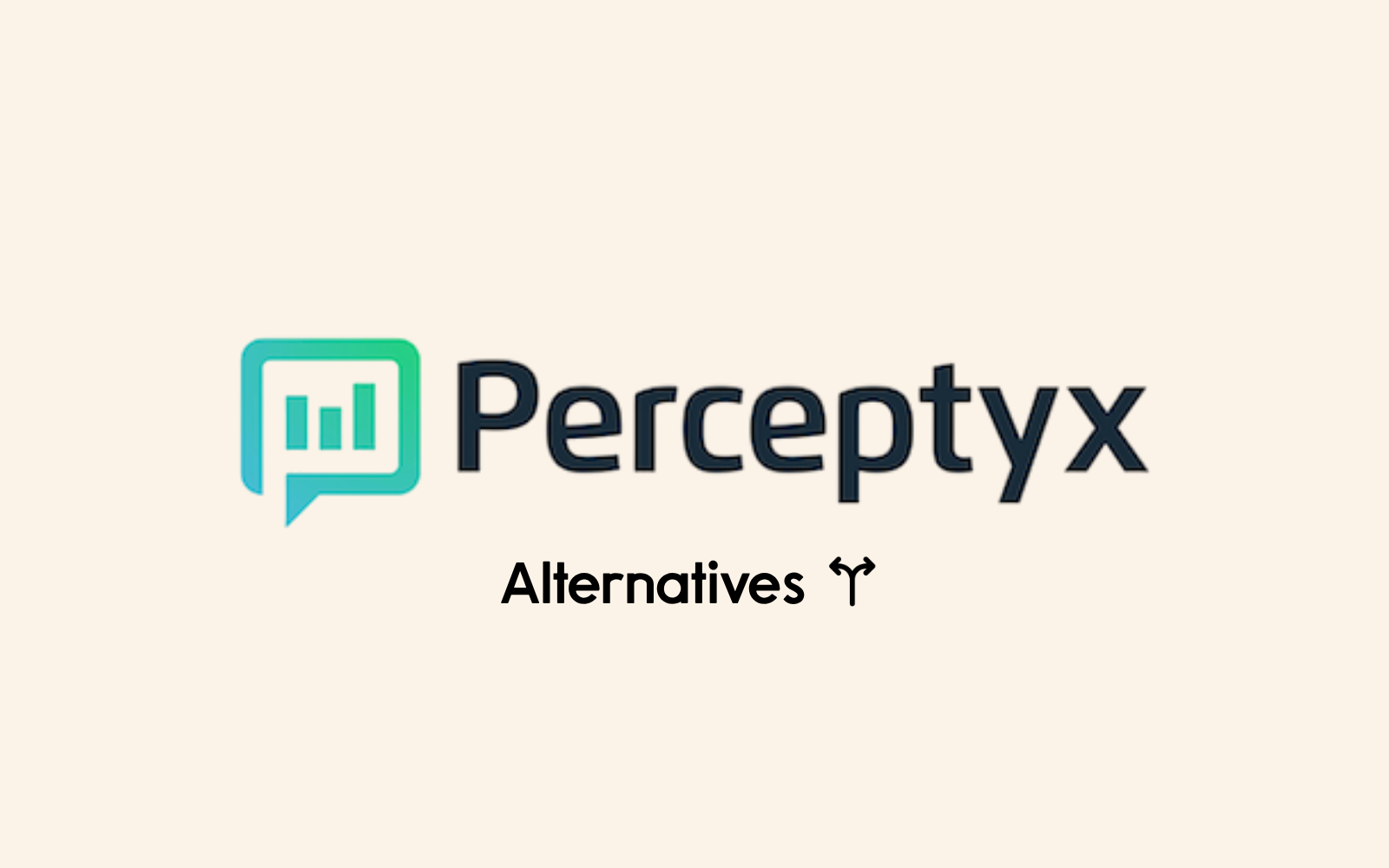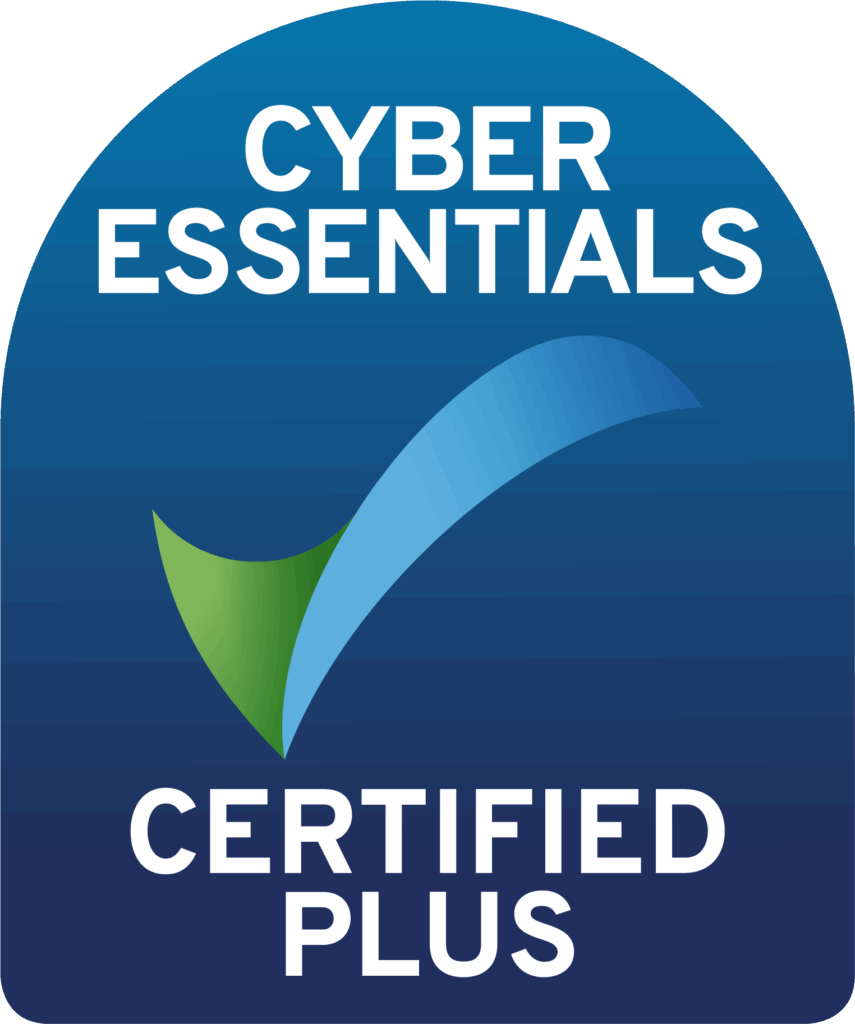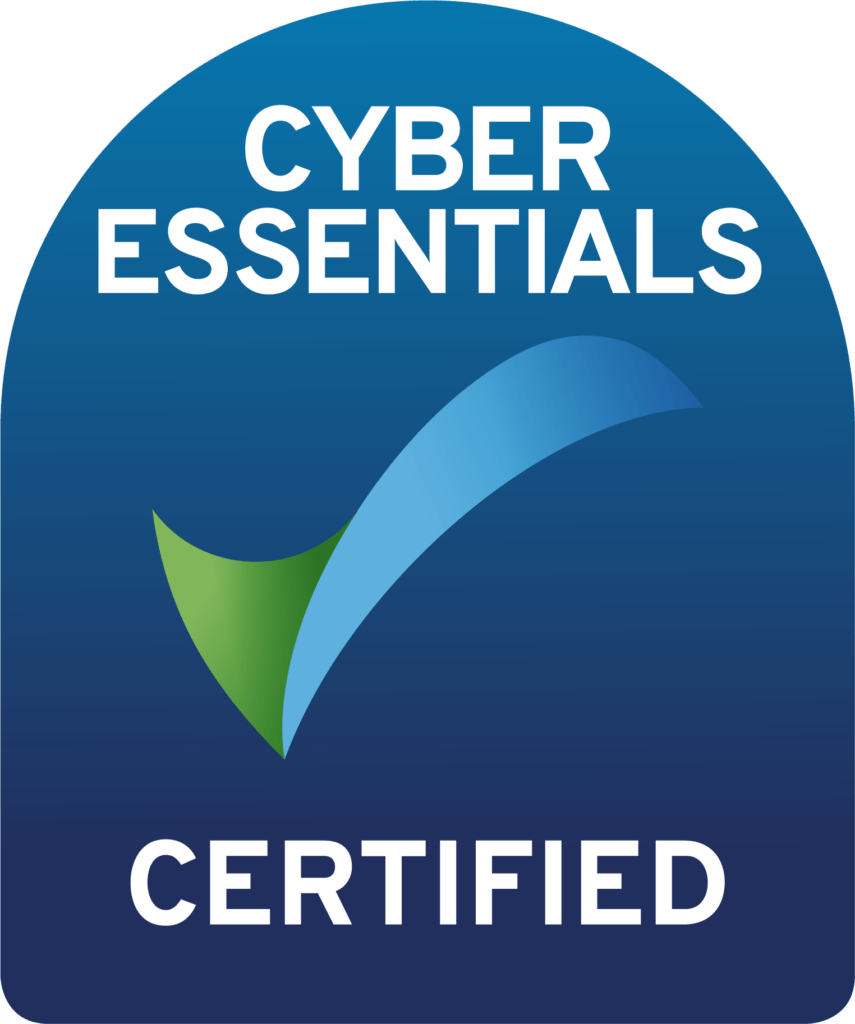The success of every business hinges on employee performance. In this article, we’ll focus on the best strategies to boost employee engagement and performance, including actionable tips. We’ll go through the whole journey, from identifying areas for improvement to implementing solutions.
Step 1: Identify areas of employee performance that could be improved
The first step in improving employee performance is to identify areas that need improvement. You can do this by:
- Tracking employee performance consistently/conducting performance evaluations
- Using regular pulse surveys
- Having 1-on-1s with team members
Whilst you’re in this stage, it’s important to have a set of key topics you want to investigate, so you can create metrics to track later on. Examples of metrics: volume of output per week, competence scores from employees themselves on different tasks, and competence scores from managers on the same tasks.
This way, you’ve got an objective way of measuring your improvements to see whether you’re making a difference down the line, or whether you need to make further changes.
Step 2: Create effective training programs to target employee performance
Now you’ve identified areas for improvement, you can create training initiatives to tackle key areas.
To make sure you’re having the maximum impact, it can be helpful to sort employees into different camps and design a program to address the specific needs of each group of employees. Keep in mind that there are a variety of learning styles, and consider giving your employees a choice as to what type of training they’d find most helpful. People usually know what kind of support would help them most, and what they pick may well surprise you.
Then, check back in with your objective metrics from Step 1 to see how well the initiative’s working – send out the same survey, get another set of competence scores – and compare them with the initial responses you got before training began to see whether employees are developing the necessary skills & knowledge.
Step 3: Encourage engagement > boost employee performance
Employee engagement increases productivity to the tune of 23% higher profitability each year! Engagement is the foundation on which you build performance.
To increase employee engagement, you should focus on:
- Building a strong company culture – open, communicative, trusting
- Promoting work-life balance
- Encouraging and facilitating wellness
To read about other ways to encourage engagement, check out our blogs on career development, employee recognition and the role of leadership.
Step 4: Use technology to improve employee performance
Advances in tech have made it easier than ever to improve employee performance. Here are a set of questions for companies to ask themselves and their employees to see if they could be harnessing tech in a better way:
- Are there processes that could be automated that are currently being done manually?
- Of the technology & tech platforms being used currently: Are they refined enough? Do any of these things present issues that waste time or present other barriers to productivity?
Adding, switching or overhauling your tech can be a pain. Most companies put off doing this for the sake of protecting short-term productivity and expense, but when you’re building a long-term performance strategy, biting the bullet is the best way to go. Don’t settle for technological products/services that aren’t up to scratch – if an hour of each employee’s time is being wasted a month by one tech platform, it could be worth thousands for you to replace your current system. Put in the research, do the maths, and make an informed decision.
So what are you waiting for? Get started on your employee performance strategy today.
Now you’ve got a list of steps to follow, you can start working systematically to boost your team’s performance. Feel free to bookmark this article and work through these steps again any time you feel that your company’s performance is suffering.
Fancy a bit more light reading? Check out our 10 strategies to boost morale in your organisation.









